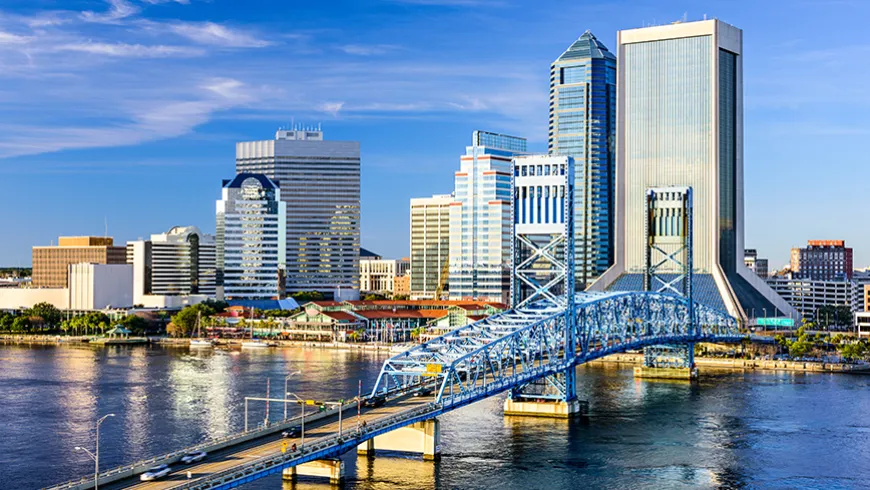
The nineteenth-century Cuban population of Jacksonville, Florida, is featured in such noted texts from the island as Autobiografía del cubano Luis de Radillo y Rodríguez (1899); Martí: el apóstol (1932) by Jorge Mañach; Temas Martianos (1959) by Cintio Vitier and Fina García Marruz; and Paradiso (1966) by José Lezama Lima. While aesthetically and ideologically diverse, this body of work portrays Cuban Jacksonville as an essentially homogeneous émigré community defined in terms of nationalist politics (as a local subsidiary of the New York- and Tampa-based Partido Revolucionario Cubano) and an “expiration date”: the compromised national independence of 1902. In contrast, the memoir Along This Way (1933) by the black modernist writer James Weldon Johnson reinforces the demographic heterogeneity and socially integrated nature of this multilingual and fluid (but long-term) Jacksonville Cuban presence. Johnson’s narration of his family’s lost milieu in the Creole neighborhood of LaVilla is at the same time granular in its specificity and poetically abstract in its presentation of cultural contact. This article proposes that Johnson applied and further developed his experience with Jacksonville cubanía well into other aspects of his career after having left Florida, as evidenced in the 1912 novel The Autobiography of an Ex-Colored Man, Along This Way and other sources.


